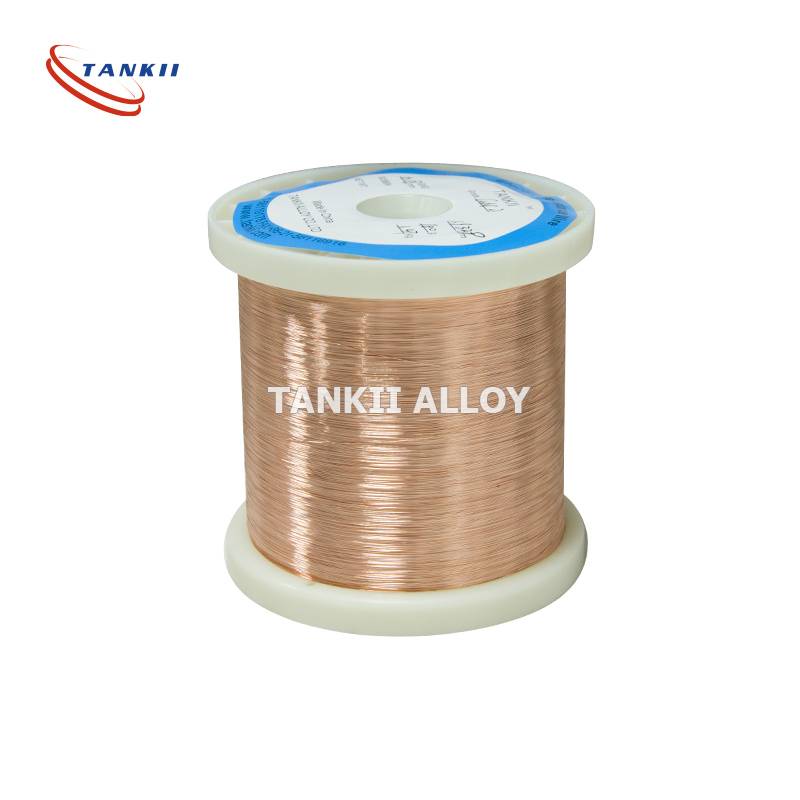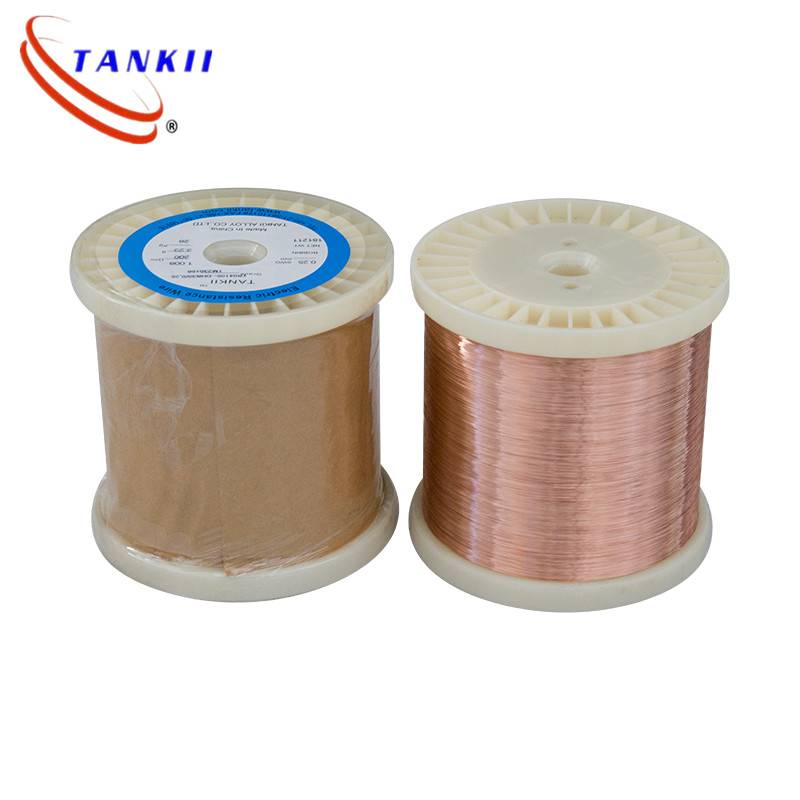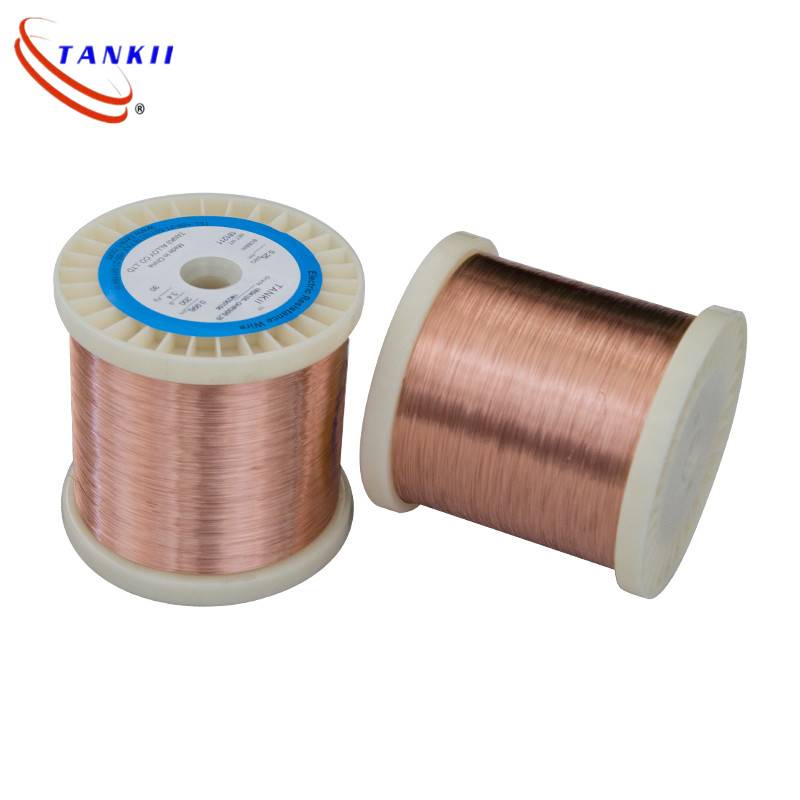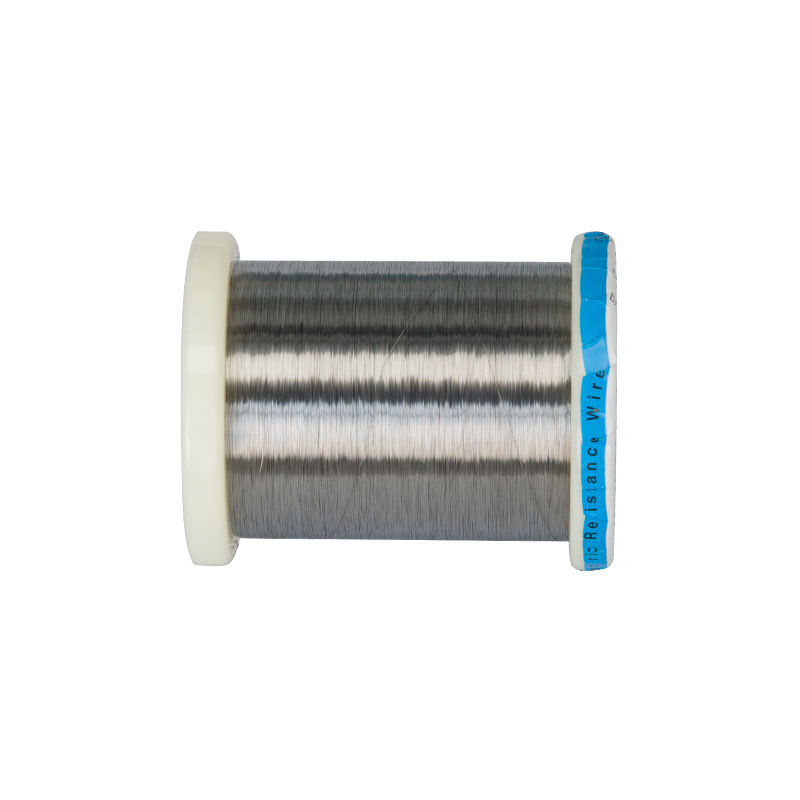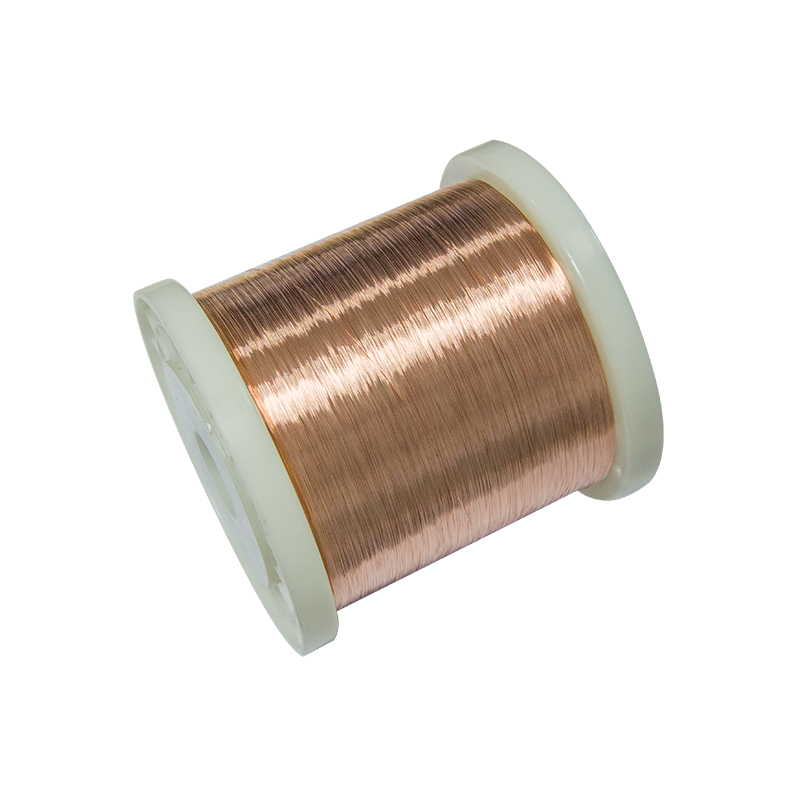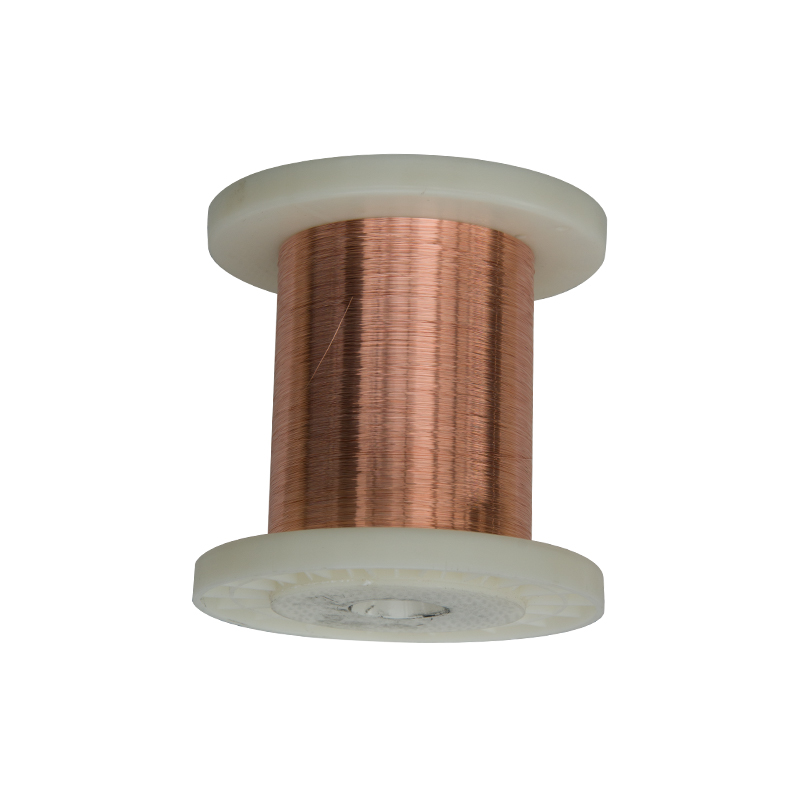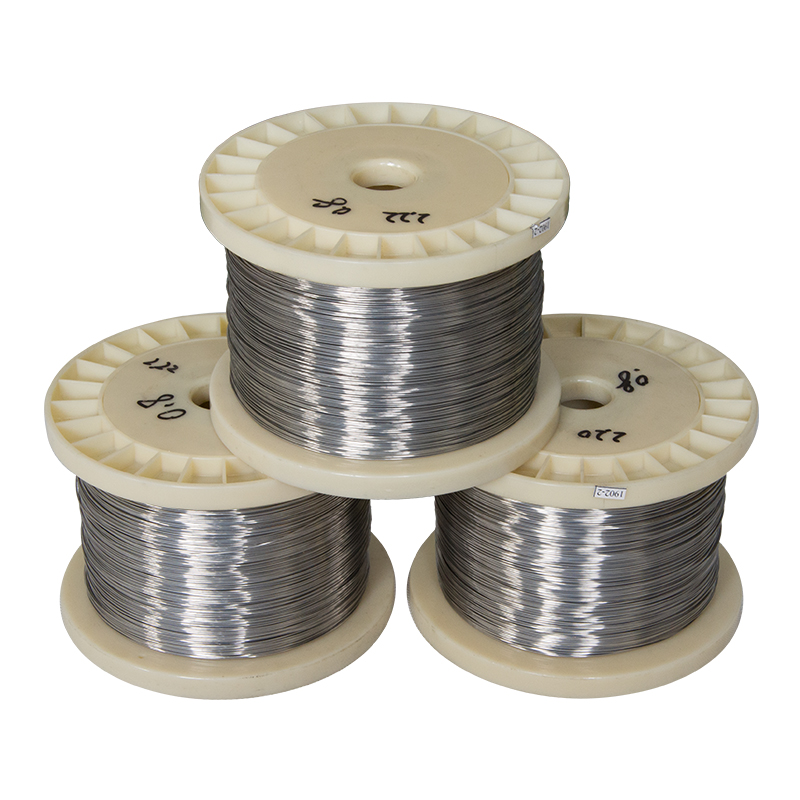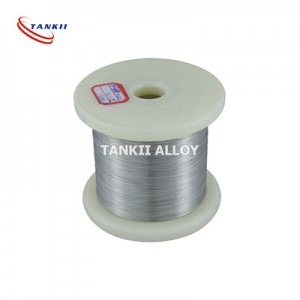Copper nickel alloy CuNi14 Heating wire Used for Heating cable
Due to has high tensile strength and increased resistivity values, copper nickel alloy wires are the first choice for
applications as resistance wires. With the different nickel amount in this product range, the characteristics of the wire
can be chosen according to your requirements. Copper nickel alloy wires are available as bare wire
Features
1. Higher resistance than copper
2. High tensile strength
3. Good bending proof performance
Application
1. Heating applications
2. Resistance wire
3. Applications with high mechanical requirements
4. Others
Appicaton:
Low-voltage circuit breaker, thermal overload relay, electrical heating cable, electrical heating mats, snow melting cable
and mats, ceiling radiant heating mats, Floor heating mats & Cables, Freeze protection cables, electrical heat tracers,
PTFE heating cables, hose heaters, and other low-voltage electrical product
Main grades and properties
| Type | Electrical resistivity (20degreeΩ mm²/m) |
temperature coefficient of resistance (10^6/degree) |
Dens ity g/mm² |
Max. temperature (°c) |
Melting point (°c) |
| CuNi1 | 0.03 | <1000 | 8.9 | 200 | 1085 |
| CuNi2 | 0.05 | <1200 | 8.9 | 200 | 1090 |
| CuNi6 | 0.10 | <600 | 8.9 | 220 | 1095 |
| CuNi8 | 0.12 | <570 | 8.9 | 250 | 1097 |
| CuNi10 | 0.15 | <500 | 8.9 | 250 | 1100 |
| CuNi14 | 0.20 | <380 | 8.9 | 300 | 1115 |
| CuNi19 | 0.25 | <250 | 8.9 | 300 | 1135 |
| CuNi23 | 0.30 | <160 | 8.9 | 300 | 1150 |
| CuNi30 | 0.35 | <100 | 8.9 | 350 | 1170 |
| CuNi34 | 0.40 | -0 | 8.9 | 350 | 1180 |
| CuNi40 | 0.48 | ±40 | 8.9 | 400 | 1280 |
| CuNi44 | 0.49 | <-6 | 8.9 | 400 | 1280 |
